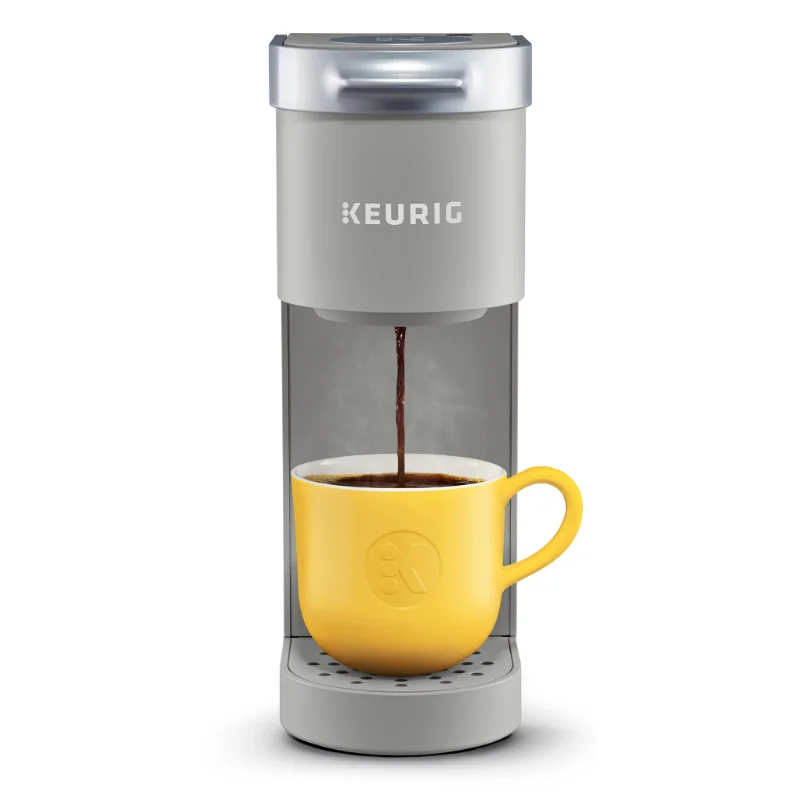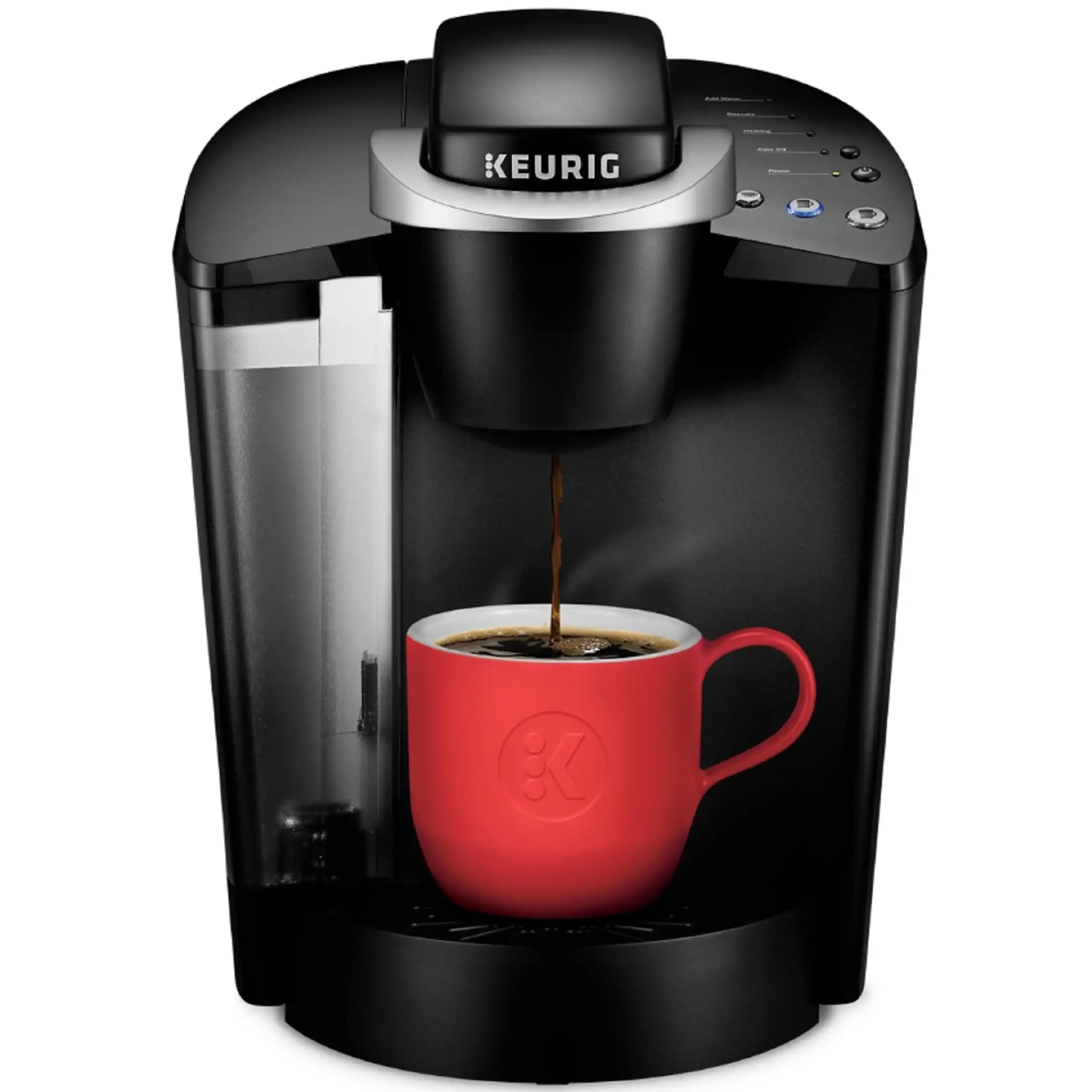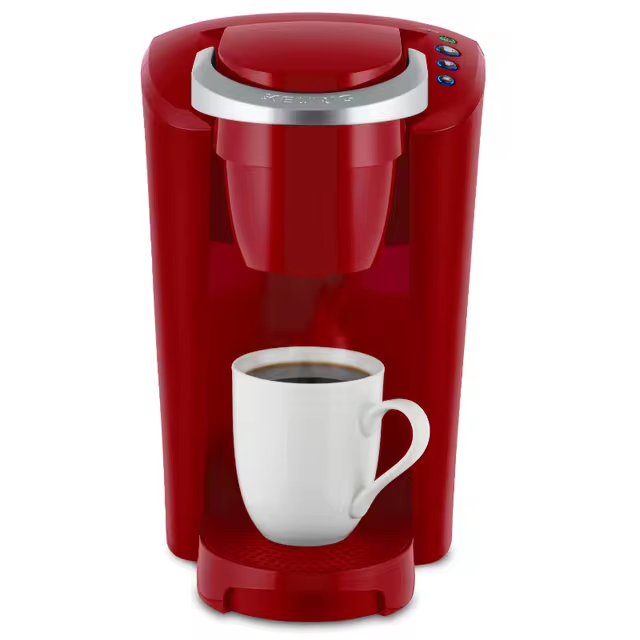
If you’re a coffee lover, there’s a good chance you own a Keurig machine. This convenient device allows you to brew a fresh cup of coffee in minutes, but what happens when your delightful morning routine turns into a mess? Keurig overflowing is a common issue that can leave your kitchen counter looking like a caffeine explosion. In this detailed guide, we will explore the causes of Keurig overflow, preventive measures, and effective solutions, ensuring you can enjoy your coffee without the hassle of an overflowing machine.
The Mechanics Behind Keurig Machines
Before diving into the problem of overflowing, it’s essential to understand how Keurig machines operate. Understanding this will provide insights into why malfunctions, such as overflowing, might occur.
How a Keurig Machine Works
Keurig machines utilize a unique brewing system designed for single-serve coffee. The process generally includes:
- Water Reservoir: Holds water, which is pumped into the brewing chamber as needed.
- K-Cup Pod: A pre-packaged coffee pod that contains coffee grounds, sealed for freshness.
- Heating Element: Heats water to the optimal brewing temperature before passing it through the coffee grounds.
- Drip Tray: Collects any overflow or drips that might occur during the brewing process.
Common Parts Involved in Overflowing
When it comes to overflowing, specific components play a crucial role. These include the water reservoir, the brew chamber, and the drip tray. If any of these parts malfunction or are improperly maintained, it can lead to an overflow situation, creating a mess that no coffee lover wants to deal with.
Common Causes of Keurig Overflowing
Now that we’ve established how a Keurig machine works, let’s delve into the various factors that can lead to overflowing.
1. Clogged Needles
One of the most frequent culprits in Keurig overflowing is clogged needles. These needles puncture the K-Cup pod to allow hot water to flow through. If they become clogged with coffee grounds or debris, the water can’t pass through correctly, leading to an overflow situation.
2. Overfilled Water Reservoir
Another common cause is when the water reservoir is overfilled. If the water level exceeds the maximum fill line, any additional water will have nowhere to go but out of the machine. This can create a mess on your countertop.
3. Damaged K-Cup Pods
Using damaged or punctured K-Cup pods can also lead to overflowing. If a pod is compromised, hot water may leak out instead of flowing through the coffee grounds, causing the machine to overflow.
4. Improper Cleaning
Many people forget to clean their Keurig machines regularly. Over time, mineral deposits and coffee oils can build up, which can impede normal operation. Neglecting this maintenance can lead to clogs and ultimately overflowing.
5. High Brew Temperature
If the brew temperature is set too high, it can result in steam buildup inside the brewing chamber. This excessive pressure can lead to a malfunction, causing the machine to overflow.
6. Faulty Drip Tray
If the drip tray is not positioned correctly or has been damaged, it may not be able to catch excess liquid properly. Missing or misaligned drip trays are often overlooked and can lead to large spills on the counter.
Preventive Measures to Avoid Overflowing
Preventing Keurig overflowing is typically easier than dealing with the aftermath. Here are several actionable tips:
Regular Maintenance
- Clean the Needles: Use a paperclip or a specialized cleaning tool to clear out the needles regularly.
- Descale the Machine: Every few months, run a descaling solution through your machine to remove mineral buildup.
- Replace Water Filter: If your machine requires a water filter, ensure it is replaced per the manufacturer’s recommendations.
Water Level Management
Make it a habit to check the water reservoir before you brew. Always fill it below the maximum line to avoid overflow situations. This simple check can save you from a morning mess.
Pod Inspection
Take a moment to inspect your K-Cups before using them. If you notice any damage or compromise in packaging, replace the pod with a new one to avoid issues.
Temperature Settings
Familiarize yourself with the temperature settings on your machine. If you notice that your machine’s brew temperature is set unusually high, adjust it to a more moderate setting.
Drip Tray Check
Before brewing, ensure that the drip tray is correctly positioned and free from cracks or previous spills. Regularly emptying it can prevent overflow from accumulating.
Troubleshooting Keurig Overflowing Issues
If you find yourself facing an overflowing machine despite taking preventive measures, it might be time to troubleshoot. Here’s a simple guide to help diagnose and resolve the issue.
Step 1: Turn Off the Machine
Before performing any troubleshooting, turn off the machine to avoid any potential burns or injuries.
Step 2: Check the Water Reservoir
Inspect the water reservoir for overfilling. If it exceeds the maximum fill line, carefully pour out the excess water. Rinse the tank to remove any debris or scale.
Step 3: Clean the Needles
Using a paperclip or a specialized tool, clear any coffee grounds from the needles. Proceed carefully to avoid damaging the mechanism.
Step 4: Check the K-Cup Pod
Remove the K-Cup pod and inspect it for tears or punctures. If found defective, replace it with a new pod. Run a brewing cycle with water (no coffee) to clear the system.
Step 5: Inspect the Drip Tray
If the drip tray is full, empty it. Also, check for any misalignment or damage. It should fit snugly into its slot to catch excess liquid efficiently.
Step 6: Look for Blockages
Check the water lines for clogs. If you suspect a blockage, descaling the machine might help. Follow the instructions provided in your machine’s manual.
Step 7: Contact Customer Support
If the problem persists despite troubleshooting, it may be time to consult the customer service of the manufacturer. There could be an underlying issue that requires professional attention.
Tips for Cleaning Up After an Overflowing Situation
Even the most vigilant coffee lovers can find themselves dealing with an overflowing Keurig. In such cases, knowing how to clean up is essential. Here are some tips:
1. Act Quickly
The longer coffee and water sit on your counter, the more significant the mess will become. Grab some paper towels or a cloth and start cleaning immediately.
2. Use an Absorbent Cloth
An absorbent cloth can help soak up excess liquid quickly and efficiently. Avoid using sponges, as they can push liquid around rather than absorb it.
3. Clean As You Go
If you notice any coffee or water drips, clean them up as they occur to prevent the buildup of sticky residue.
4. Wipe Down the Machine
After cleaning the spill, take some time to wipe down the exterior of your Keurig machine to remove any coffee splashes or stains.
5. Check Surrounding Areas
Don’t forget to check the area beneath and behind the machine. Any spilled liquid can attract pests if left unchecked.
6. Assess the Situation
Once you’ve dealt with the immediate mess, take some time to consider the underlying cause of the overflow. Ponder on potential lifestyle changes, such as regular maintenance schedules, that can prevent future occurrences.
 The Benefits of Proper Maintenance
The Benefits of Proper Maintenance
Maintaining your Keurig machine not only helps prevent overflowing but also enhances your overall brewing experience. Proper maintenance ensures:
1. Improved Taste
A clean machine brews better-tasting coffee. Dirty components can affect the flavor of your brew, leading to a less enjoyable cup.
2. Longevity of the Machine
Taking care of your machine can extend its life, saving you money over time. Regular maintenance can prevent costly repairs or replacements.
3. Better Performance
When your machine is free from clogs and debris, it operates more efficiently, decreasing the risk of overflow and other malfunctions.
4. Hassle-Free Brewing
When well-maintained, you can brew your coffee without worry. Say goodbye to the anxiety of unexpected spills and hello to a seamless coffee experience.
Conclusion
Keurig overflowing can be a frustrating issue, but understanding the causes and implementing preventive measures can significantly reduce the likelihood of this happening. Whether it’s maintaining your machine, ensuring proper water levels, or inspecting K-Cup pods, small changes can lead to a smoother coffee experience. The next time you brew your favorite cup, rest easy knowing that you’ve taken the necessary steps to keep overflowing at bay. So, embrace your love for coffee and enjoy every moment of your brewing ritual without the fear of Keurig overflowing!

